Service Design
I’ve been obsessed with my personal website. It’s not even about the views and impressions which I’m receiving. I have one subscriber on my mailing list from my website, and compared to internet writer standards, I am virtually non-existent.
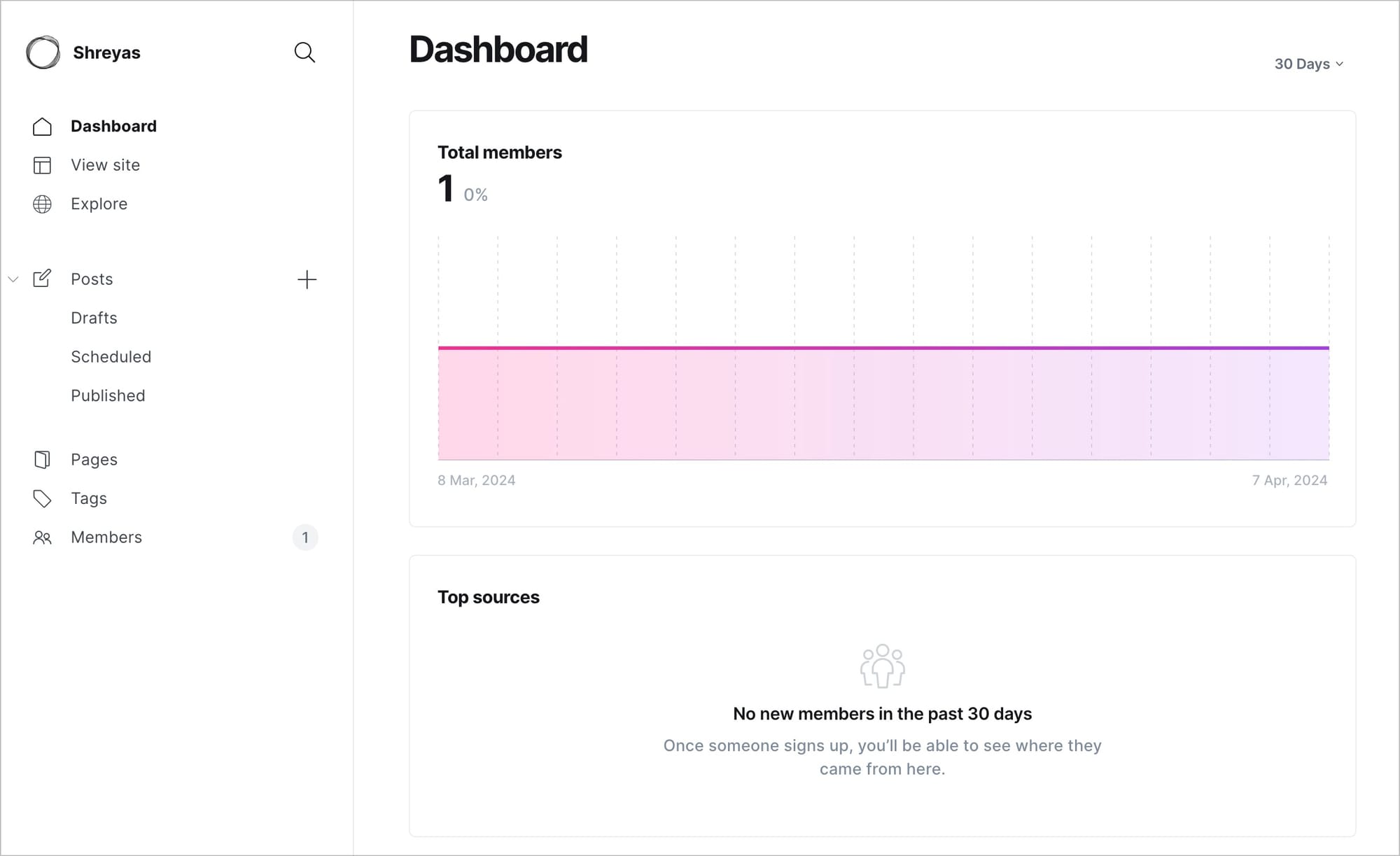
Yet, I care deeply about this little corner on the internet. It's a place where I optimise for depth over engagement and audience-building.
It’s my resume, my business card, my store, my directory, as well as my own personal magazine. It’s that one place online that I completely own and control.
As David Perell puts it, it's one's own intellectual real estate.
I’m obsessed with it enough to keep revamping my website every year. Just like the corporate re-branding exercises we’re familiar with, I do my own rebranding for my personal website. I reflect on what is NOW my personal brand. I sometimes redo the styling, the fonts and the formatting from scratch and start with a clean slate. I sometimes redo my writing based on my current thinking style and philosophy.
Previously, my favourite font of choice was Karla, then I switched to Poppins, Assistant, Inter, Helvetica Neue and now I'm falling in love with antique serif types (such as the one you see here in this blog)
Every time, I looked back at my previous work as depicted in my website, it felt shitty, and poorly done. But that was the whole point. The new version of yourself would never be satisfied with the previous work you've put in. I think @reidhoffman’s “If you're not embarrassed by the first version of your product, you've launched too late” applies well here.
I now had newer updated standards. My personal website updates have mapped my personal evolution over time, as well as my current standards of quality work.
My first website was a Tumblr blog containing a roll of all my photos under one roof. Back then, I identified myself as a photographer, and wanted to showcase this skillset to the world. Slowly, with more and more experiences, the labels which I used to define myself changed. Four years back, I was labeling myself as a ‘UI/UX designer’, and tried to showcase my love of design through my portfolio site on Wix. The objective of this site was to help in job conversions. I wanted recruiters to look at my website and ask for an interview. My way of achieving this was to put mountains and mountains of work online, and in public.
Whenever there was a reference to my previous work, I mapped the portfolio project links to keyboard shortcuts to make it easier to share with the headhunters on chat windows. And whenever I got an opportunity, I shared my screen, and took them through my work reel. I’d obsessively documented my work and my projects. And I was proud of it all.
A sure shot way to demonstrate my competence and core skills. Share widely, engage with peers. Debate/collaborate with folks who approach me through my website. Leave behind a legacy online.
And I waited for job offers to roll in. And it did!
My current role as a Product Manager at Noora Health was a result of this building-with-my-garage-door-open-stint.
I had my skin-in-the-game as well as my soul-in-the-game.
This year, I wanted to revamp my personal website with a focus on writing. I’ve been lately viewing writing as a form of thinking, and I wanted to condense and crystallize my ideas into one roof. I redesigned my website again with this brief in mind.
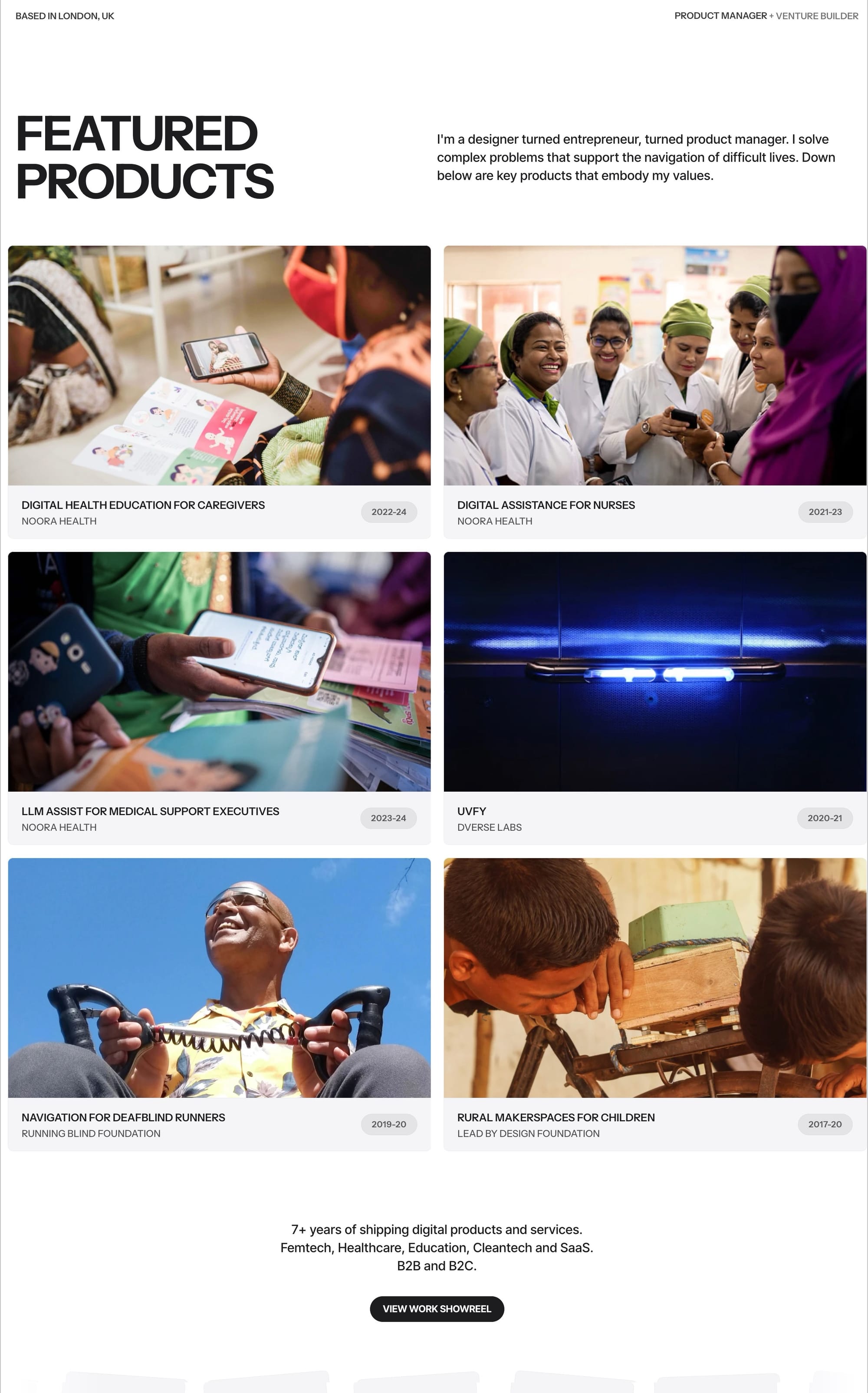
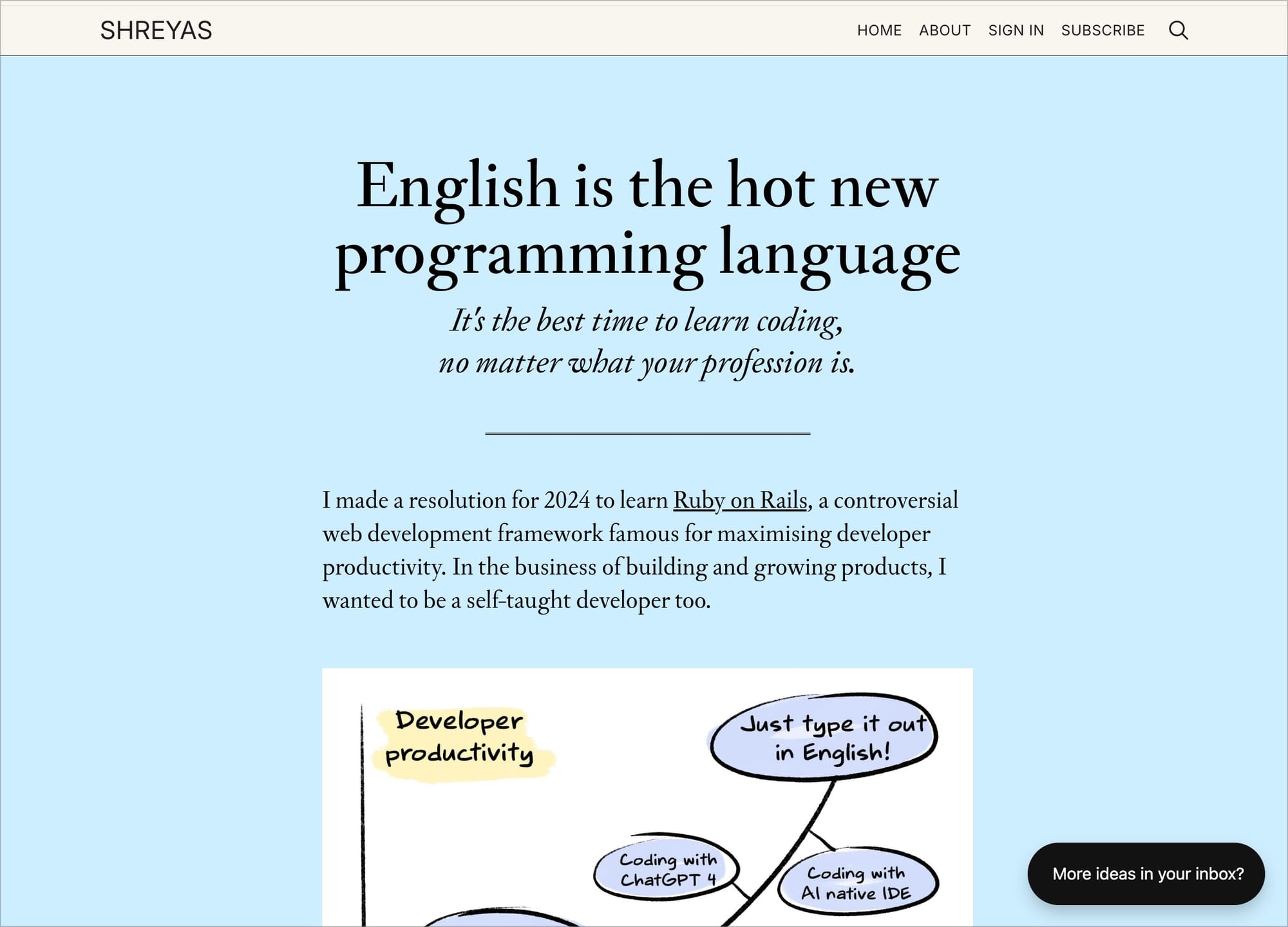
This was a setup I was satisfied until I realised how all those javascript animations and micro-interactions were killing the load time and performance of the website. It was at this junction that I discovered this site.
I wanted to make my site more 'simple'. So, I dumped the earlier direction of a '13 megabyte parallax-ative home page prepping for some awwward banner on the top corner of my site'. I just used simple HTML5 tags, deleted all the complex JS and checked the performance speed again.
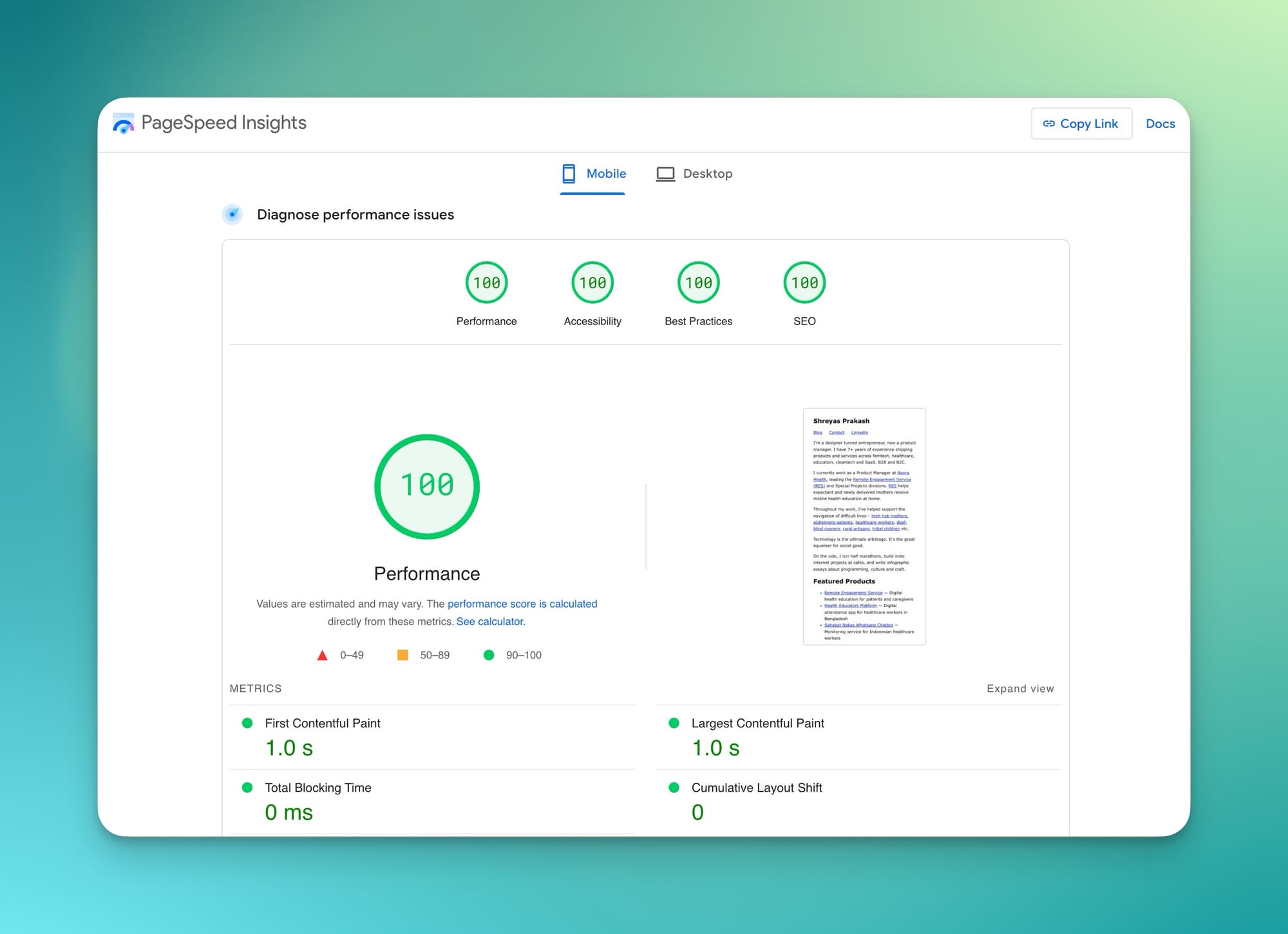
My current website reflects a lot of my ideals here. I dumped my original plan of making it more 'designerly', and went for simplicity instead. Simplicity is the ultimate sophistication.
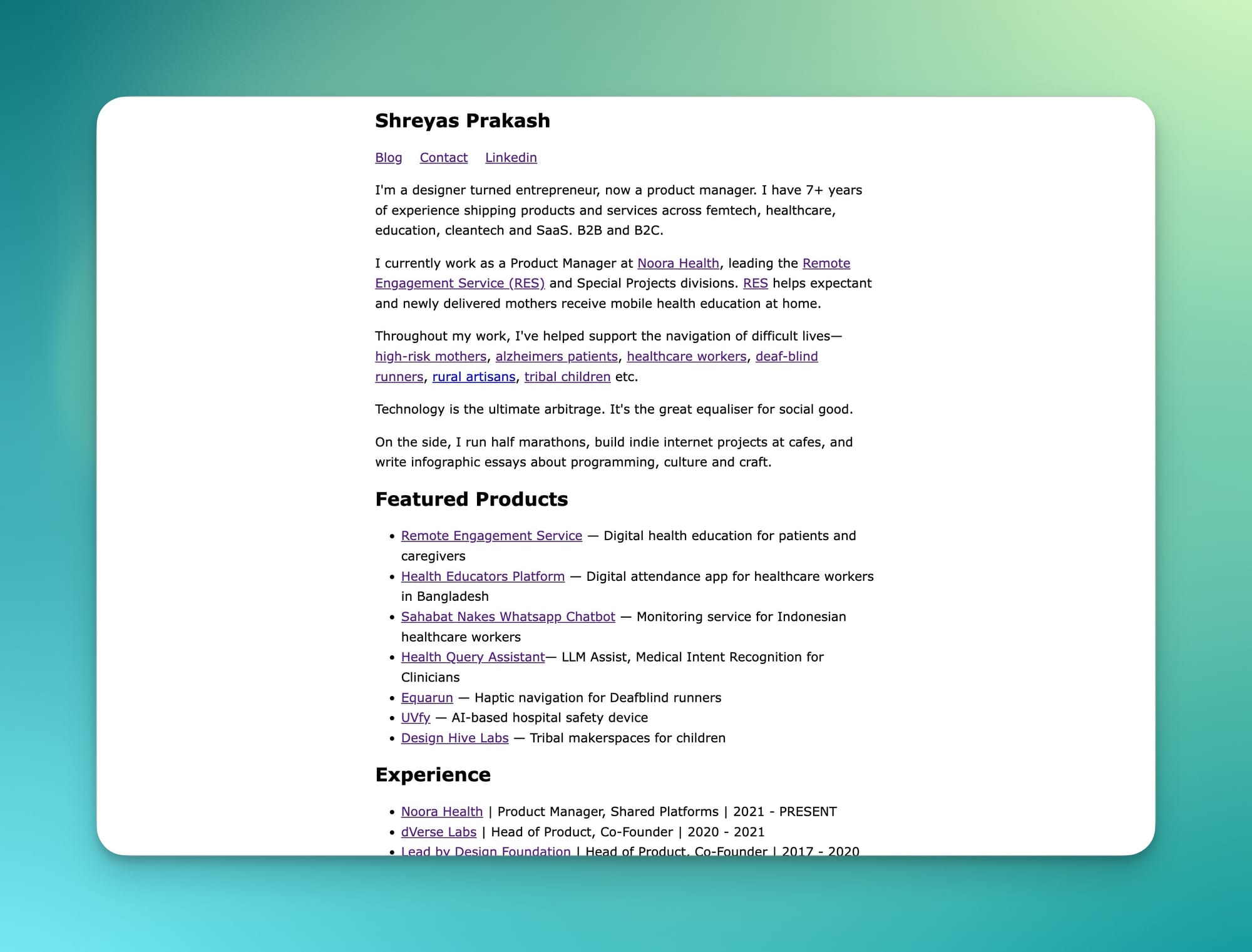
Simple not just on the front-end, but on the back-end too. The front end blog is hosted on Ghost, an open-source platform for publishing blogs. The blog currently points to blog.shreyasprakash.com, and I have wrapped it on my personal domain as an external wrapper. I’ve been an aspiring founder/hacker, and have started to care about why and how my blog/website is setup. Also planning to setup a /now page to talk a bit more about my daily diaries and current updates. It would serve more as a one-to-many social network where I could post more ephemeral updates.

I’m inspired by Derek Sivers to eventually migrate my email service provider as well as my file storage on a digital ocean droplet. Let’s see how it goes!
Instead of routing my internet friends to an external site, I want them to land on my website first. I’ve started to think long term and have come to a realisation that individuals last longer than companies. With the emergence of ChatGPT and other large language models, even a giant like Google is actively contending with significant competitive pressures. This situation highlights that no company, regardless of its size, is shielded from market challenges and competitors.
I want my website to be a definitive place to get everything I create. I will still continue to put stuff on some other company’s sites (such as Twitter tweets). However, they would be secondary copies and not the primary source.
Eventually, I want this to be my 'root'. I can fork it wherever I want.
I’ve found this exercise very valuable when it comes to mapping both the frontstage and backstage of any product/service.
It’s a terrible tool to communicate what the product/service looks like. If you squint your eye and look at it, you might see an array of sticky notes and flowcharts lined up. However, it’s the best way to understand the front stage, the backstage, or even the backstage behind that backstage.
What is frontstage?
The front stage refers to the visible and tangible aspects of the service that are directly experienced by the customers. This includes customer interactions, physical spaces, and any other elements that directly impact their experience.
What is backstage?
On the other hand, the back stage represents the behind-the-scenes activities and processes that support the front stage. This includes tasks performed by employees, technology systems, and any other operations that enable the service to be delivered.
Service design blueprinting helps us understand how these two stages are interconnected. It allows us to visualize how actions performed in the back stage impact the customer experience in the front stage. For example, if an employee fails to complete a task in a timely manner, it may result in delays or dissatisfaction for the customer.
Mapping interconnections
Service design blueprinting helps us understand the interconnections between the front stage and the back stage. By mapping out the What is Service Design? blueprint, we can identify the various touchpoints and interactions that occur between the customers and the service providers.
In conclusion, service design blueprinting is a valuable tool for understanding how the front stage and back stage of a service interact. It allows us to optimize both stages of service delivery for better customer experiences.
There are several layers of a Service Blueprint:
- User interactions:
- Service Provider interactions:
- Communication channels
- Tools for interaction
- Backstage processes
- Collaterals/Resources that are involved in that interaction
Doing this exercise allows us to get to the nuts and bolts of each and every interaction involved in the service.
Even if everything is not clear about the service, it’s highly suggested to do this exercise. Even if things are not clear, this activity helps us understand the areas for improving the service.
As a product manager who also pitches in as a service designer at Noora Health, i sometimes do wonder how I could use most of the design methods I’m applying at my day job for myself.
Let’s take the methodology of Service Design Blueprinting for example. It involves outlining the front stage and back stage elements of all the actors involved in a system to make it lead to the intended action. For example, if you’re heading to a shop to buy medicines, the act of buying medicines is the front stage process. And the act of stocking the inventory with the required medicines from time to time is the backstage process.
This works GREAT for larger organisational processes but fails badly while outlining for our personal life. There is a laborious amount of work involved in putting all the pieces together and there might be some requirements of having something quick and easy.
Do we have a more less-technical, no-frills version of the Service Design Blueprint for our daily life?
Enter rapid journey prototyping. (I didn’t know how else to describe this process)
Let me take you through the process of this design method.
Step 1: What would the service design blueprint look like, if you were to outline everything verbally. No fancy sticky notes. No elaborate worksheets to fill up before attempting. Just your mind and your words.
Let me take you through a personal example: my marriage. They are much awaited event, not only for the bride and groom but also the family and friends. Each wedding has multiple events, which last for many days. We personally have planned to do a more cut down version, which was quite elaborately planned. Besides that, since it involved various ‘stakeholders’, and as everything had to be planned to a T, we had to do proper groundwork for things to come.
This is when I started emulating the journeys of all actors.
One by one.
Simulating various journeys
Taking a lead out of the walking in the user’s shoes example, you start simulating journeys of each and every actor involved in the event (marriage).
- What does the journey of the bride look like?
- What does the journey of the groom look like?
In this way, you start simulating the journeys of each and every actor in your head to see if the logistics and any backend processes need to be sorted.
Prioritising actors in sequence
In a marriage, there are obviously various actors involved so it would be wiser to first arrange the actors in the decreasing order of importance to achieve the goal: of marriage.
So, obviously the journeys of the bride and the groom are first covered in detail. This could be particularly zoomed in, or zoomed out based on the priority of the task (let’s say receiving the marriage certificate).
And then the other actors are outlined in sequence and their journeys are detailed out.
- Bride’s father/mother
- Groom’s father/mother
- Relatives etc
- Bride’s friends
- Bridegroom’s friends
For more complicated systems, each and every system can outline actors of decreasing importance.
For instance, the marriage event itself has multiple sub-events. For a typical Hindu wedding, you have the muhurtham (ceremony), gathering, photography, wedding lunch, post-wedding photoshoot etc.
The simulation of journeys for various actors can be done for each and every such event if we have the time for it.
The whole benefit of this exercise is to unravel gaps in our project management/planning/logistics.
From ‘we don’t know what we don’t know’, we slowly reach a steady state where ‘we know what we don’t know’.
After that it’s just a matter of outlining the tasks to be completed and getting straight to execution!
This is technically what the Service blueprint does in a more structured fashion.
The essence is still the same.